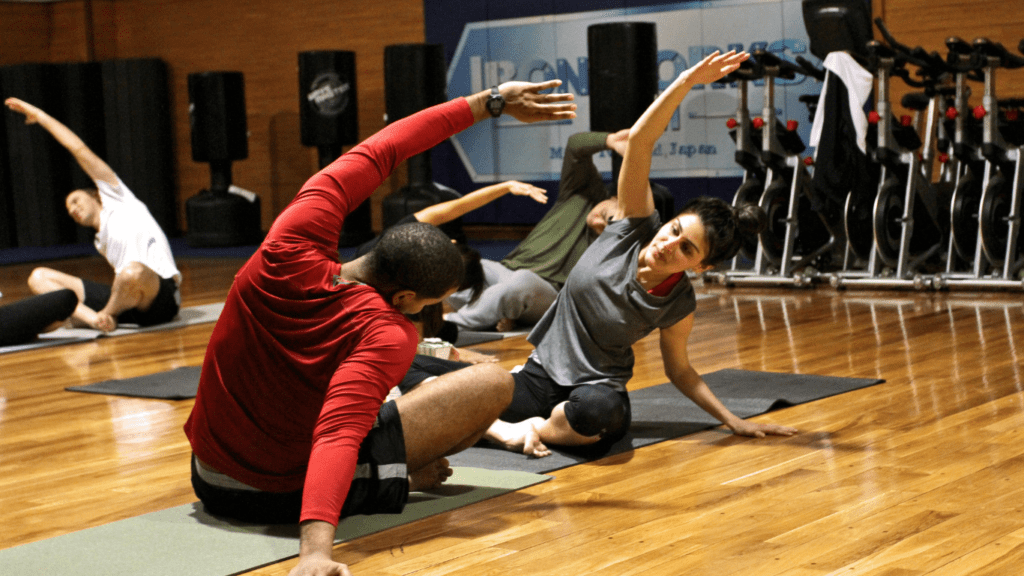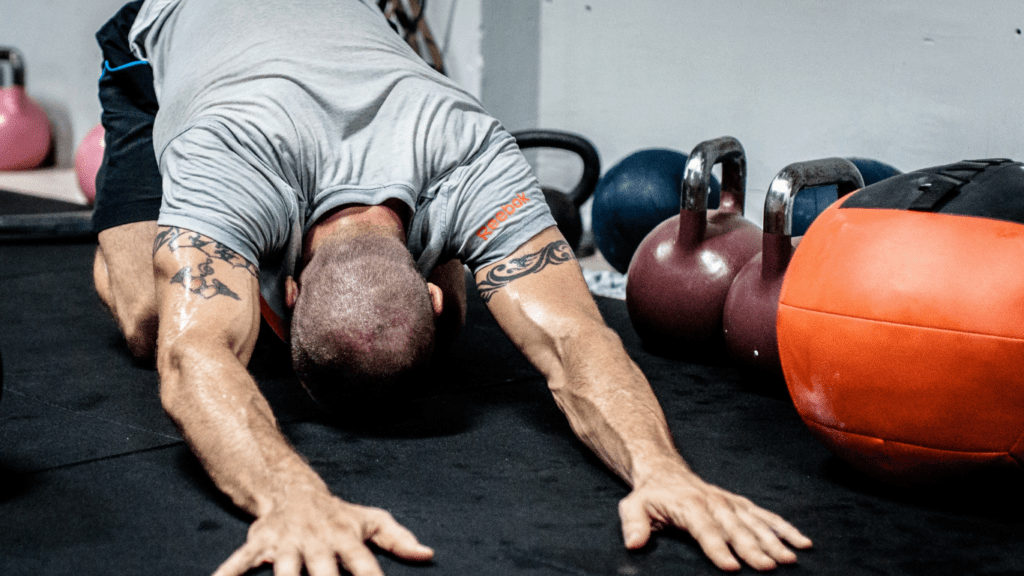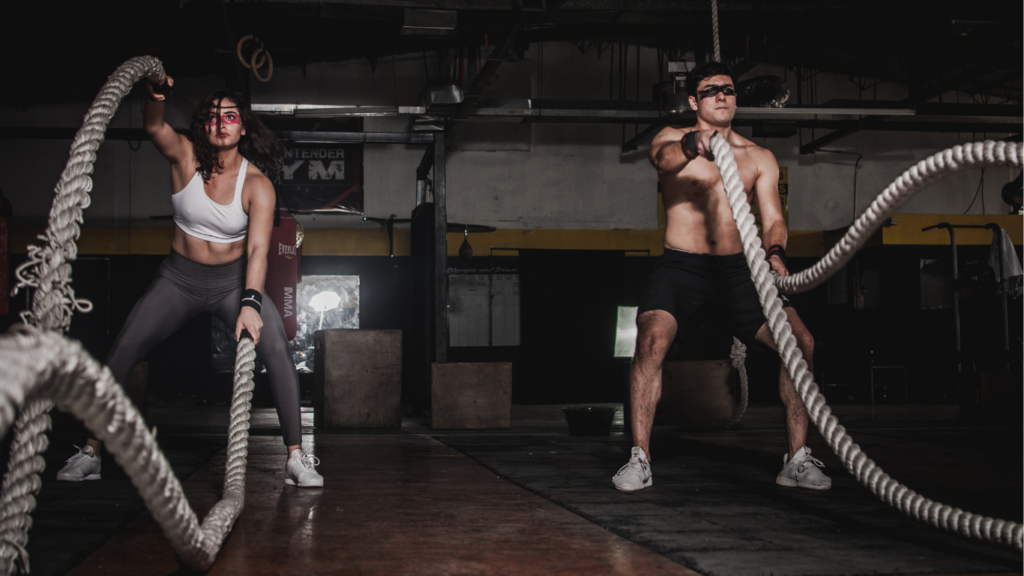Understanding Flexibility
Flexibility is the capacity of muscles and joints to move through their full range of motion without restriction. It’s an essential component of overall physical fitness. A lack of flexibility can lead to decreased performance and a higher risk of injuries during physical activities. The benefits of improved flexibility are numerous and backed by research. Flexibility enhances posture by allowing muscles to keep the body correctly aligned. Increased flexibility can also alleviate stress by releasing muscle tension.
Various factors affect flexibility, including age, gender, and physical activity level. Children and teenagers typically experience more flexibility due to higher elasticity in their tissues, while adults often see a reduction as they age. Women generally have more flexible joints compared to men, attributed to hormonal differences and joint structures. An active lifestyle usually results in greater flexibility since regular movement keeps the body agile and muscles lengthened.
Types of stretching, like static and dynamic stretching, are relevant in the context of flexibility. Static stretching involves holding a stretch for a fixed period, which helps to elongate muscles and improve range of motion. Dynamic stretching includes active movements that stretch muscles and are beneficial for warming up before exercise. Both types contribute significantly to enhancing flexibility when performed routinely.
Understanding these components helps tailor a stretching routine that suits individual needs. By considering one’s unique flexibility levels and influencing factors, individuals can optimize their stretching practices for better safety and enhanced results.
Benefits Of Stretching

Stretching offers numerous benefits for both physical health and mental well-being. By incorporating effective stretching techniques into daily routines, one can experience multiple advantages.
Physical Health Advantages
Stretching enhances muscle flexibility and joint mobility, which can improve physical performance. It reduces muscle stiffness and increases blood flow, helping prevent injuries. Regular stretching improves posture by lengthening tight muscles and enhances balance and coordination, crucial for athletic activities. By alleviating muscular tension, stretching can also aid in faster recovery after exercise.
Mental Well-being Improvements
Stretching offers significant mental well-being benefits by promoting relaxation and reducing stress. It encourages the release of endorphins, improving mood and providing a sense of well-being. Stretching can enhance focus and concentration, offering a calming effect that aids in stress management. By incorporating stretching into daily routines, one enjoys better mental clarity and emotional balance.
Essential Stretching Tips
Incorporating the right techniques into a stretching routine is key to improving flexibility safely. Let me share some fundamental tips for an effective stretching session.
Warm-up Techniques
Initiating stretches with proper warm-up exercises primes the body for improved flexibility. I usually start with light cardiovascular activities like brisk walking or cycling for 5-10 minutes. These activities increase blood flow and prepare muscles and joints for stretching. I also incorporate dynamic movements, such as arm circles or leg swings, which help improve range of motion without causing strain.
Breathing Practices
Proper breathing techniques enhance stretching efficacy by promoting relaxation. I focus on exhaling as I deepen into a stretch, allowing muscles to relax further. Inhaling through the nose and exhaling through the mouth helps maintain rhythm and calmness. I find that holding each stretch for about 15-30 seconds while maintaining deep, steady breaths maximizes the stretch’s impact.
Safe Stretching Practices
Safe stretching practices ensure that flexibility improvements occur without causing injuries. Consistently practicing correct techniques and being aware of one’s physical limits are key factors.
Knowing Your Limits
Understanding personal flexibility boundaries is crucial. Everyone’s range of motion is different, so recognizing what’s comfortable and what isn’t helps prevent overstretching. Any sign of pain should signal a stop to adjust the stretch accordingly. Starting slow and gradually increasing intensity allows safe progress. Monitoring your body’s responses aids in tailoring stretching routines to your unique capabilities.
Proper Form and Technique
Maintaining proper form during stretches is essential for preventing strain and maximizing benefits. Keeping the spine neutral and avoiding jerky movements ensures muscle support and protection. Engaging the core stabilizes the body, helping maintain control during each stretch. Focusing on alignment and symmetry provides balanced muscle development and reduces the risk of imbalances. Using controlled, fluid motions rather than bouncing into stretches offers a safer approach, enhancing flexibility over time.
Stretching Routines For Beginners
For those new to stretching, simple routines offer a foundation for safely increasing flexibility. It’s important to focus on regular practice and proper technique.
Basic Stretching Exercises
- Neck Stretch: Tilt your head toward the shoulder until a gentle stretch is felt. Hold for 15-30 seconds, then switch sides.
- Shoulder Stretch: Extend one arm across the body and use the other arm to press it closer. Maintain the position for 15-30 seconds per arm.
- Hamstring Stretch: Sit with legs extended and reach toward your toes. Hold this position without bouncing for 15-30 seconds.
- Quad Stretch: Stand and pull one foot toward the glutes, keeping knees together. Hold for 15-30 seconds on each side.
- Calf Stretch: Step one foot back and press the heel into the floor while bending the front knee slightly. Maintain the stretch for 15-30 seconds on each leg.
Creating a Consistent Routine
Establishing a routine involves setting aside time daily for stretching, even if just for 10-15 minutes. Pair stretching with other fitness activities or routines like yoga or Pilates. Track your progress to stay motivated, using benchmarks like increased range of motion or decreased muscle stiffness. Integrating these exercises into morning or evening rituals reinforces consistency, gradually improving flexibility and enjoying enhanced mobility.
Advanced Stretching Techniques
Advanced stretching techniques enhance flexibility by incorporating tools and tailoring progression strategies. These methods optimize efficiency and promote safety.
Incorporating Equipment
Incorporating equipment elevates stretching routines. Resistance bands, for instance, add tension to stretches, deepening the stretch for muscles like the hamstrings and shoulders. Foam rollers assist in myofascial release. For example, rolling out the calves can alleviate tightness and improve flexibility. Yoga straps extend reach, helping to maintain proper form during poses like seated forward bends. Each tool enhances precision and supports targeted muscle engagement.
Progression Strategies
Effective progression strategies advance flexibility gradually. Using the technique of “Proprioceptive Neuromuscular Facilitation” (PNF) involves contracting a muscle before stretching it, which aids in lengthening the muscle fibers. Increasing stretch duration by small increments in sessions keeps progress steady. For instance, holding a static stretch for an additional 5-10 seconds weekly can significantly impact flexibility over time. Consistency, along with careful monitoring of the body’s response, ensures that flexibility improves while minimizing the risk of injury.


 Founder & Chief Editor
Elaine Griffindorry is the visionary founder and chief editor of Sprint Scoop News. With over 15 years of experience in sports journalism, Elaine has a passion for breaking news, in-depth sports analysis, and insightful coverage of the business side of sports. She launched Sprint Scoop News to offer a fresh perspective on the world of sports, combining cutting-edge reporting with expert commentary on health, fitness, and esports. Elaine’s leadership ensures the site remains a trusted source for sports fans and professionals alike.
Founder & Chief Editor
Elaine Griffindorry is the visionary founder and chief editor of Sprint Scoop News. With over 15 years of experience in sports journalism, Elaine has a passion for breaking news, in-depth sports analysis, and insightful coverage of the business side of sports. She launched Sprint Scoop News to offer a fresh perspective on the world of sports, combining cutting-edge reporting with expert commentary on health, fitness, and esports. Elaine’s leadership ensures the site remains a trusted source for sports fans and professionals alike.
